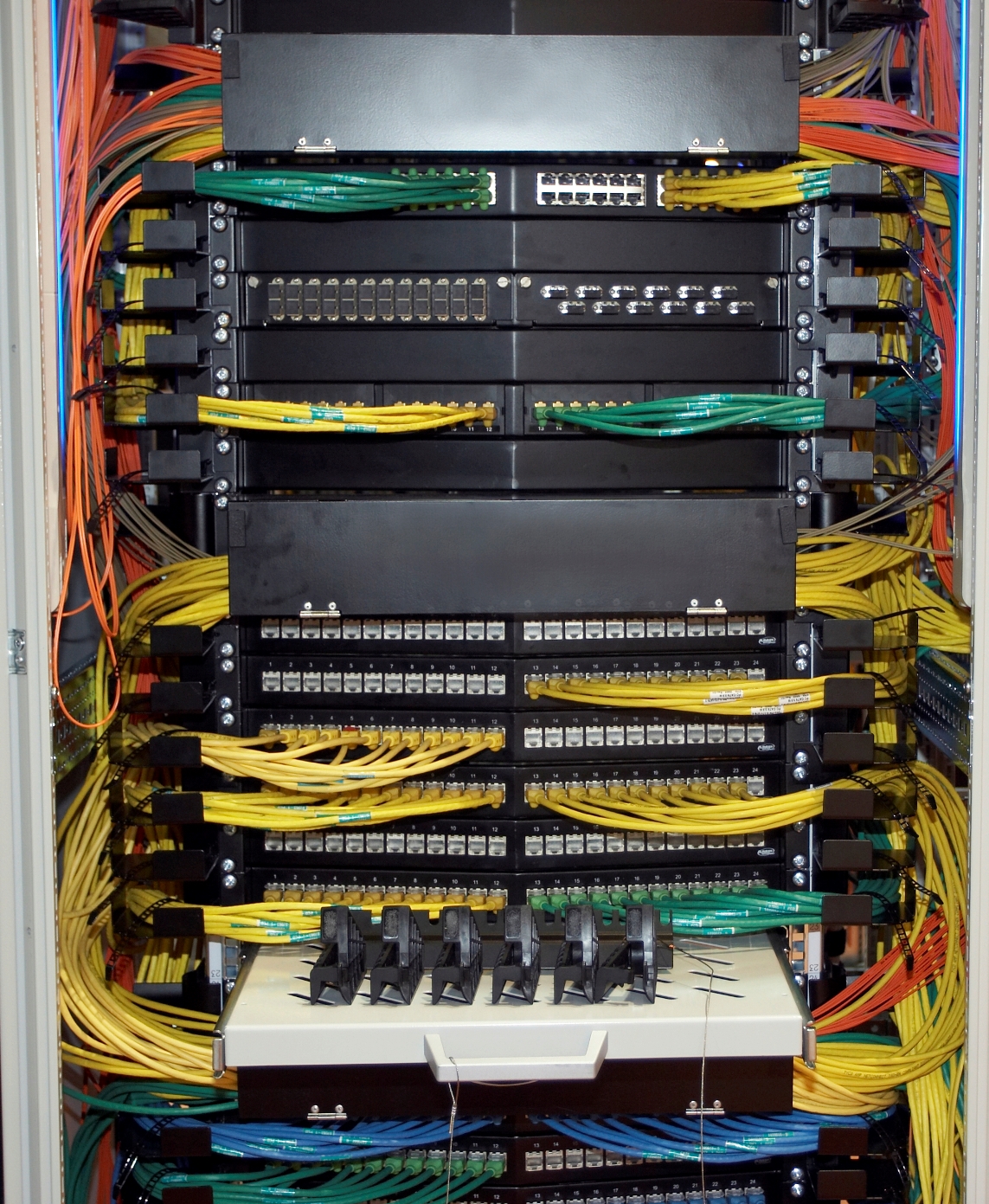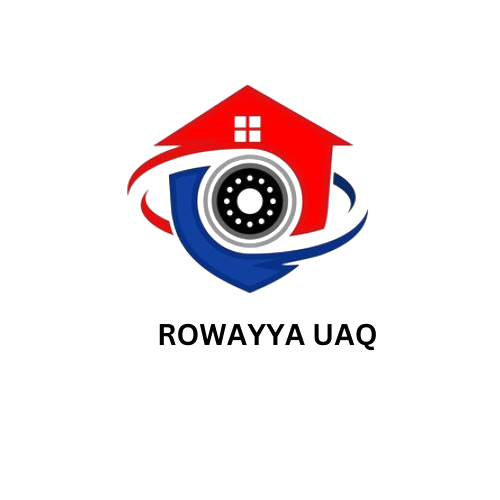Structured Cabling in Umm Al Quwain
In today's fast-paced digital age, reliable connectivity is crucial for businesses and organizations in Umm Al Quwain. Structured cabling is a vital infrastructure component that ensures seamless communication and data transmission. In this article, we will explore the importance of structured cabling in Umm Al Quwain and provide guidance on how to choose the right solution for your organization.

What is a Structured Cabling?
Structured cabling refers to the installation of a specific type of cable infrastructure that is designed to support multiple types of communication systems, including voice, data, and video. It involves installing a network of cables, including fiber optic, copper, and coaxial cables, to connect devices and systems within a building or campus.
Benefits of Structured Cabling in Umm Al Quwain:
Improved Reliability: Structured cabling ensures that your communication systems are reliable and less prone to downtime.
Increased Flexibility: Structured cabling allows for easy reconfiguration and upgrading of systems, making it ideal for growing businesses.
Enhanced Security: Structured cabling provides a secure infrastructure for transmitting sensitive data and communications.
Cost-Effective: Structured cabling can help reduce costs by minimizing the need for additional infrastructure and reducing the risk of downtime.
Future-Proofing: Structured cabling is designed to support future technologies and upgrades, ensuring that your infrastructure remains relevant for years to come.
Types of Structured Cabling Available in Umm Al Quwain:
Fiber Optic Cabling: Fiber optic cabling uses light to transmit data through thin glass or plastic fibers.
Copper Cabling: Copper cabling uses copper wires to transmit data and is ideal for shorter distances.
Coaxial Cabling: Coaxial cabling uses a central copper wire surrounded by insulation and is ideal for transmitting video signals.
Structured cabling is a critical component of any organization's infrastructure in Umm Al Quwain. By understanding the benefits and types of structured cabling available, you can make informed decisions about your organization's communication needs.
